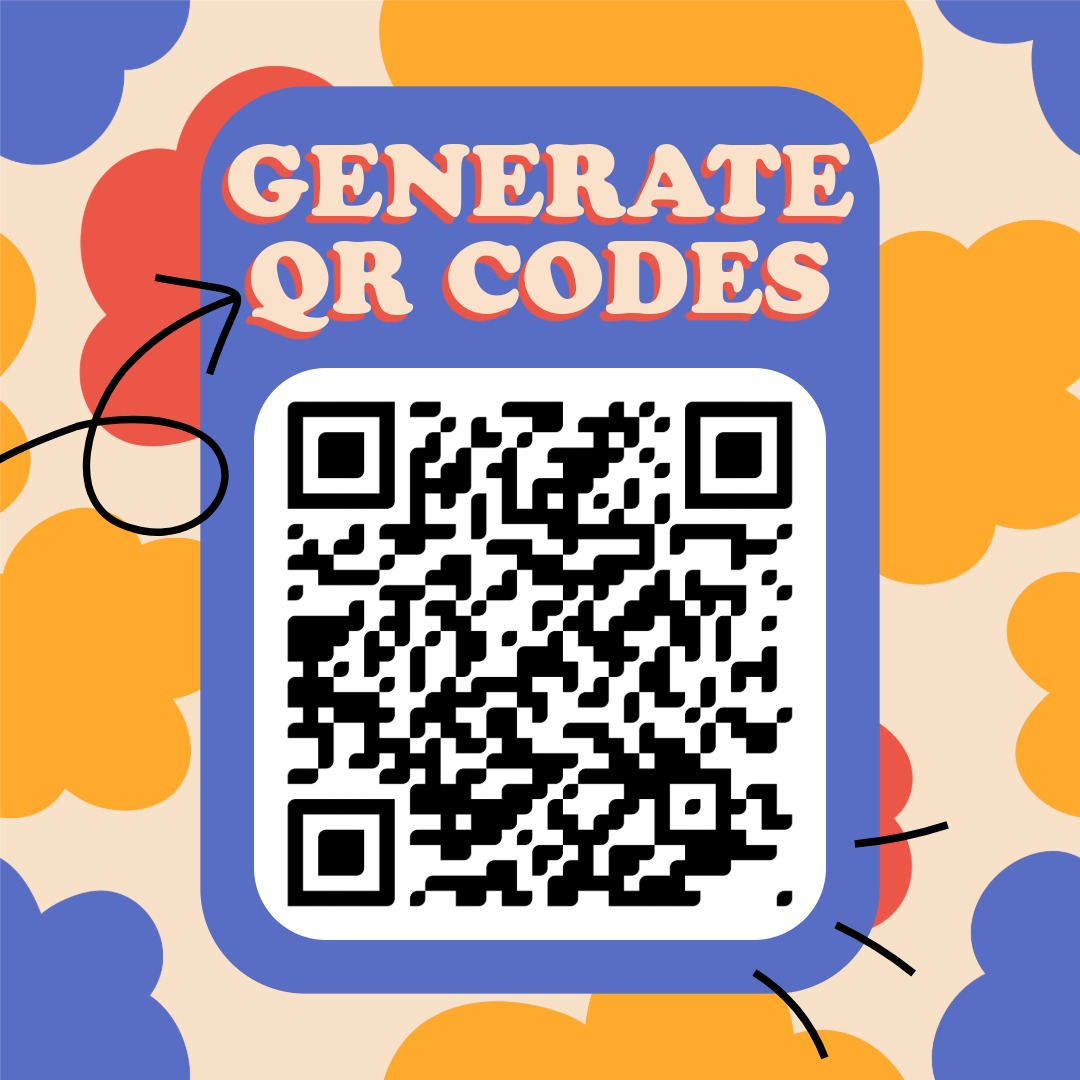Relations on Sets
Relations in set theory describe connections between elements of two sets. A relation is nothing more than a set from the Cartesian product: if A and B are sets, then R ⊆ A × B. This means that the relation is the collection of connections between elements of A and B.
If (a,b) ∈ R, we say that 'element a is in relation with b'.
Types of Relations
- Reflexive: every element is in relation with itself. Example: '≤' relation on integers.
- Symmetric: if (a,b) ∈ R, then (b,a) ∈ R. Example: 'acquaintance' relation among people.
- Transitive: if (a,b) ∈ R and (b,c) ∈ R, then (a,c) ∈ R. Example: '≤' relation on integers.
- Antisymmetric: if (a,b) ∈ R and (b,a) ∈ R, then a = b. Example: '≤' relation on integers.
If a relation is reflexive, symmetric, and transitive, it is called an equivalence relation. Equivalence relations partition a set into equivalence classes.
Solved Example
Let A = {1,2,3}, and define a relation R as: R = {(1,1), (2,2), (3,3), (1,2), (2,1)}. Examine its properties!
- Reflexive? Yes, because every element is in relation with itself: (1,1), (2,2), (3,3) ∈ R.
- Symmetric? Yes, because if (1,2) ∈ R, then (2,1) ∈ R.
- Transitive? Yes, because for every case where (a,b) ∈ R and (b,c) ∈ R, (a,c) ∈ R holds. Let's check: (1,2) ∈ R and (2,1) ∈ R, so (1,1) ∈ R must hold, which it does. Further pairs like (2,3) or (3,1) do not exist, so no other cases to check.
- Antisymmetric? No, because (1,2) and (2,1) are both in it, yet 1 ≠ 2.
This relation is therefore reflexive, symmetric, and transitive, so an equivalence relation. The equivalence classes: {1,2} and {3}.
Applications
- Ordering relations: e.g., ≤, <, which are antisymmetric and transitive.
- Equivalence relations: e.g., 'same birth year' among people.
- Databases: modeling connections between elements of two tables.
- Graph theory: relations can be represented as graphs, where elements are vertices, relations are edges.
Summary
Relations allow us to describe connections between elements of sets. The most important properties: reflexive, symmetric, transitive, antisymmetric. Their combinations determine if the relation is, for example, an ordering or equivalence relation.
Practice Exercise
We have reviewed and checked the materials, but errors may still occur. The content is provided for educational purposes only, so use it at your own responsibility and verify with other sources if needed.
✨ Ask Lara — your AI study partner
Unlock personalized learning support. Lara can explain lessons, summarize topics, and answer your study questions — available from the Go plan and above.
Lara helps you learn faster — exclusive to ReadyTools Go, Plus, and Max members.


